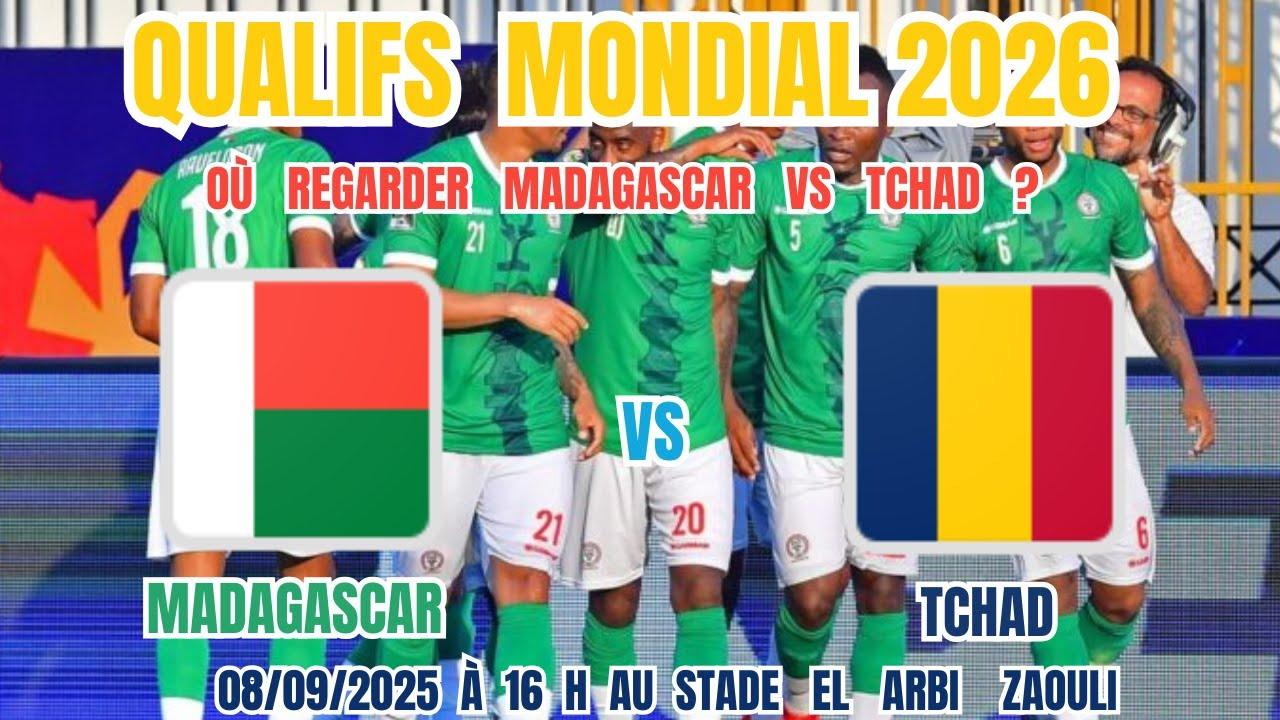Madagascar vs Chad: A Tale of Two African Economies in 2025

Current Economic Landscape
Madagascar’s economy is showing moderate growth, with projections of 4.7% from 2025 to 2027, though the current 4.2% growth rate is considered insufficient to significantly improve living standards.
Chad, on the other hand, presents a more optimistic outlook with projected growth of 5.2% in 2024 and 5.3% in 2025, primarily driven by its buoyant oil sector.
Economic Challenges and Vulnerabilities
Madagascar faces significant productivity challenges, with workers being three times less productive than the average worker in Sub-Saharan Africa. The country has experienced declining productivity over the past two decades and now ranks among the lowest globally.
Chad’s economy heavily depends on oil, which accounts for over 80% of public revenues and 40% of GDP. Despite initial hopes of substantial socioeconomic improvement from oil exploitation, the country has struggled to achieve meaningful development and economic diversification. Its economy suffers from geographical remoteness, regional conflicts, insufficient infrastructure, harsh climate, and a poor business environment.
Social Development Indicators
Madagascar faces severe poverty challenges, with around 66% of the workforce relying on agriculture and approximately 68% of the population reporting insufficient food access.
In Chad, poverty is also widespread, with 44.8% of the population living below the national poverty line. The country faces severe social challenges: one in five Chadian children doesn’t reach age five, 40% suffer from stunted growth, and children spend only five years in school on average. The country also has one of the highest maternal mortality rates globally.
Future Prospects and Development
Madagascar’s development strategy through 2027 focuses on three key outcomes: improving job opportunities through transformative action, making growth more inclusive by addressing weaknesses in public service delivery, and creating resilience to shocks that could reverse growth improvements.
For Chad, long-term projections suggest it could become a low-middle-income country by 2045 if it implements comprehensive reforms in the labor market, infrastructure, and oil sector. However, failure to implement these reforms could result in the country remaining in the low-income category even by 2050, with no meaningful improvement in living standards or poverty reduction.
Conclusion
Both countries, like much of Africa, face the challenge of achieving growth rates that can substantially reduce poverty. The continent requires a 7% growth rate for meaningful poverty reduction, while continuing to grapple with geopolitical tensions, structural weaknesses, climate-related disasters, and prolonged conflicts.
